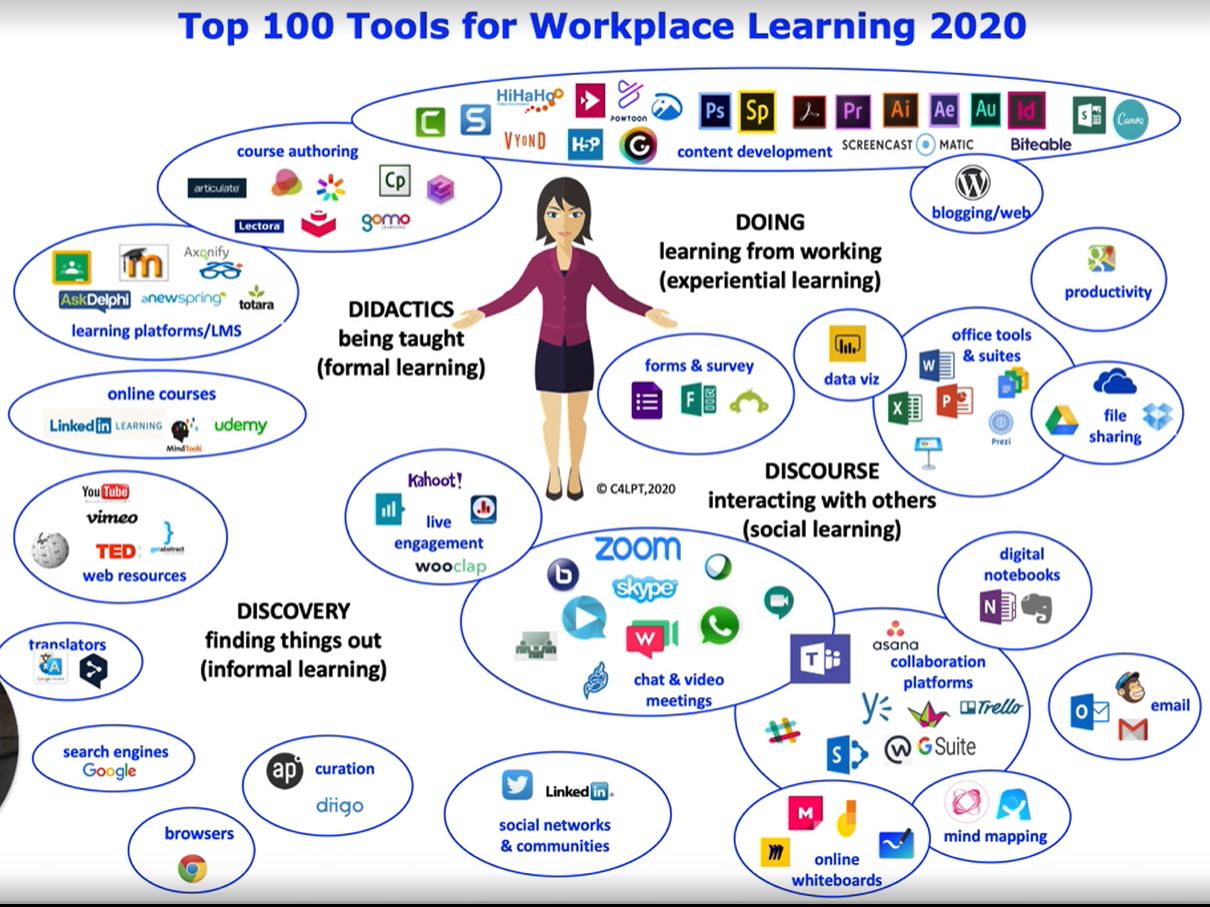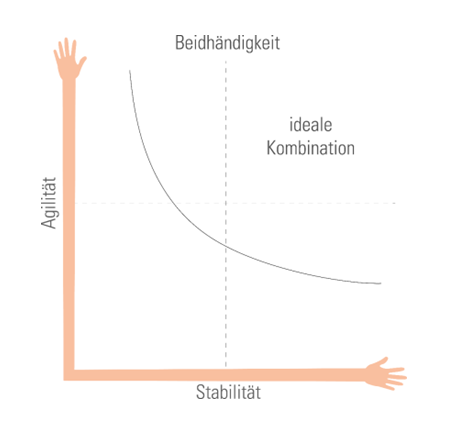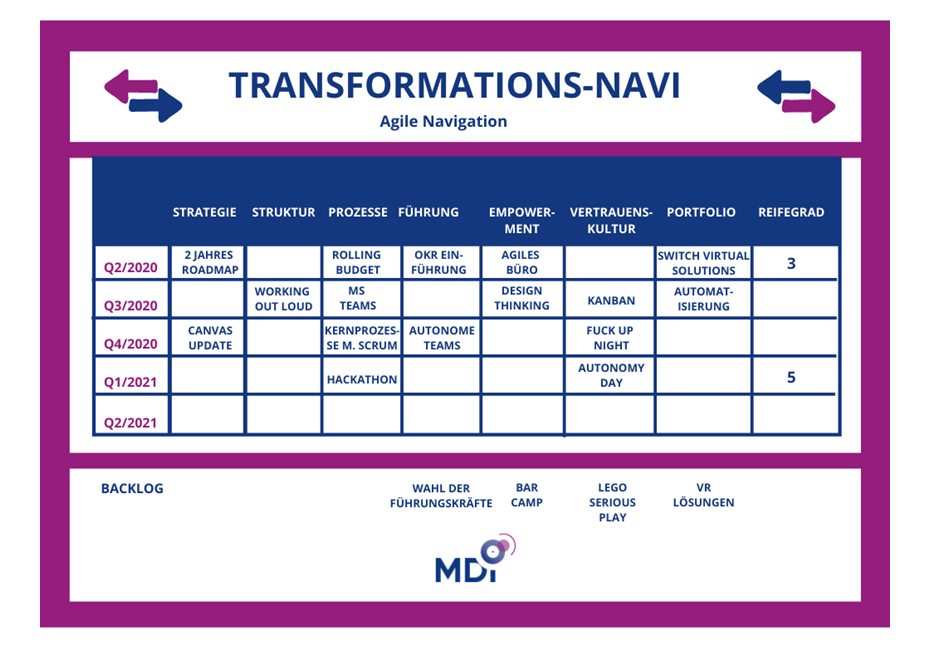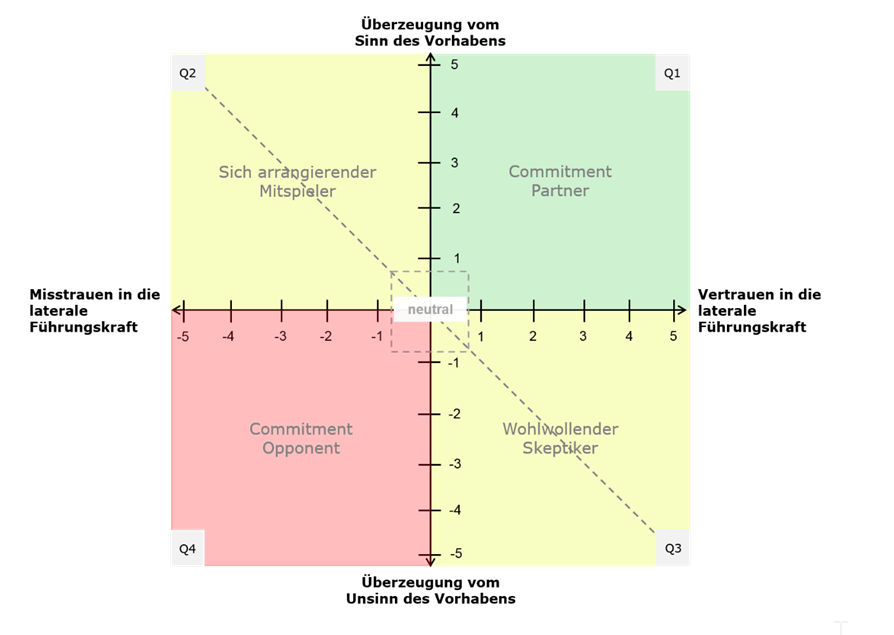
How to become resilient? Your personal superpower
How to become resilient? Your personal superpower
Meeting the challenges in the VUCA/BANI world
In this article you will get an insight into key competencies as well as starting points to strengthen your own resilience. Concrete reflection questions and tips for implementation will let you become a “pro” of your own superpower.
VUCA & BANI
VUCA or BANI as explanatory models for our challenges
In our daily professional lives, we are constantly confronted with turbulence. The following models provide a framework to bring challenges closer for companies and for society as a whole:

All these terms define what we are up against in this ever-changing society – a fragile system that is only fueled by uncertainty and anxiety, as well as complex, non-linear problems. The demands on organizations and leadership are sometimes ambiguous and contradictory, but also incomprehensible.
Key competencies for your superpower
to meet these challenges
Resilience in dealing with crises and challenges
Jamais Cascio counters these complex models with a response option: RAAT (Resilience, Awareness, Adaptation and Transparency). For the first factor alone – resilience – there are several models. I present the Vienna Resilience Model below.
Seven key resilience competencies
The Vienna Resilience Model describes seven key resilience competencies that positively influence a person’s resilience:

The basic pillars of resilience are
- acceptance
- optimism
- self-fulfilment
- responsibility
- network orientation
- solution orientation
- future orientation.
Each of these factors plays an important role in strengthening one’s resilience.
Strengthening the superpower of resilience holistically
In contrast to the Vienna Resilience Model, Stephen Covey identifies four pillars in his 7 Habits of Highly Effective People, which are also found in most other models to strengthen one’s resources and thus one’s resilience.

When reflecting on how you use your resources, you should take each resource individually and consider how well you take care of each. This could be in the form of the following approaches, for example:
- Physical: I regularly keep myself informed about things that affect my health and fitness.
- Mental: I clear my head every day through, for example, music, silence or relaxation exercises.
- Social: I listen to others and pay attention to what they have to say instead of thinking about what I want to say.
- Spiritual: I have the courage to stand my ground even when others oppose me.
Becoming the “pro” of your own superpower –
tips for implementation
If we want to strengthen our resilience, we sometimes need to develop new habits and behaviors or retrain “bad habits” (for example, taking the stairs instead of the elevator). James Clear’s (2020) 1% method states that the best way to achieve goals is to get a little better every day, i.e., to work towards them in small steps for maximum impact. Improving 1% per day will yield a 37-fold increase in one year.
Conclusion
The VUCA or BANI world presents challenges to all of us. In dealing with these challenges, we can further “nurture” or build our key competencies of resilience by being aware of them as a first step.
In small steps and with the coupling to our previous habits, we can then integrate our resources, which further strengthens our superpower resilience holistically into our behavioral repertoire

Anita Berger
Executive Coach, Consultant, Trainer & Managing Partner MDI
Anita Berger is an executive coach, consultant and trainer specialising in leadership development and international human resource management. She is a partner of MDI Management Development International. For more than 15 years she has worked in management and leadership positions (among others as HR-
Director at Coca-Cola Hellenic and HR Manager at Konica Minolta Business Solutions).











